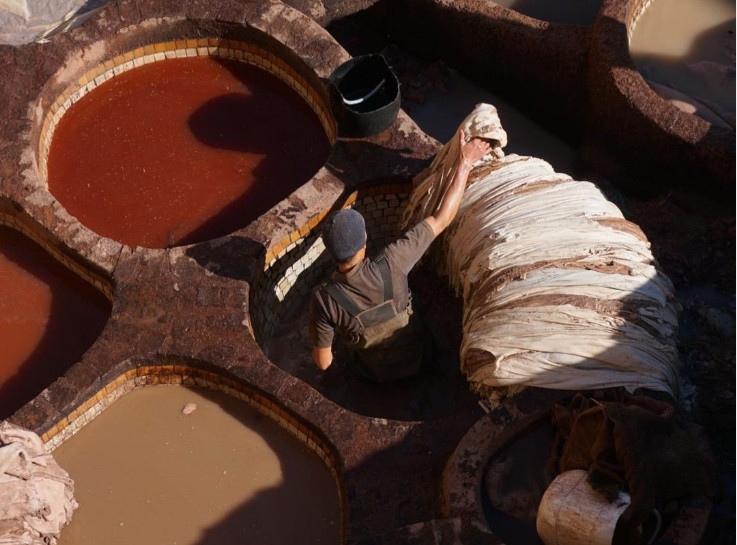Leather, a highly durable and versatile material, is created through a meticulous process that begins with certain raw materials. These essential components contribute to the properties that make leather such a desirable material for products ranging from fashion accessories to furniture. The role of companies like Leather Bag Factory in manufacturing high-quality leather products such as handbags starts with understanding and sourcing these raw materials.
Raw Animal Hides and Skins
The most fundamental raw material for making leather is the raw animal hide or skin. These hides can come from various animals, with the most common being cows due to their size and availability. Other sources of hides include sheep, goats, pigs, and exotic animals such as alligators and snakes.
These hides and skins are usually by-products of the meat industry, which are sold to the leather industry to be transformed into leather. It’s crucial to note that the quality, thickness, and durability of the leather depend significantly on the source of the hide.
Tanning Agents
Tanning agents are another crucial raw material in leather production. Their role is to transform the raw hide, a perishable material, into a durable, non-perishable product: leather.
There are two main types of tanning agents:
- Vegetable Tannins: These are derived from various plant sources such as tree bark, leaves, or even fruits. Vegetable tanning results in firm and rigid leather, suitable for products that require structure, such as belts, saddles, or certain types of handbags.
- Chromium Salts: Most of the leather produced today is chrome-tanned, which uses chromium salts as the tanning agent. Chrome tanning is quicker than vegetable tanning and results in soft, malleable leather that can be used in a wide range of products, from garments to upholstery.
Dyes and Finishes
After tanning, the hides may undergo dyeing to give them the desired color. Dyes and pigments form another category of raw materials used in leather production. These can vary widely in their composition depending on the required color and finish.
Finishing agents are then applied to the dyed leather to enhance its appearance and protect it. This could include oils to add softness, waxes for a glossy finish, or chemicals to make the leather water-resistant.

Conclusion
In conclusion, the primary raw materials for making leather are raw animal hides or skins, tanning agents, and dyes and finishes. Each plays a significant role in transforming the perishable hide into durable, attractive leather used in various products. Companies like Leather Bag Factory are part of this intricate process, offering quality leather goods made from these raw materials. As consumers, understanding these raw materials can give us a deeper appreciation for the leather products we use in our everyday lives.